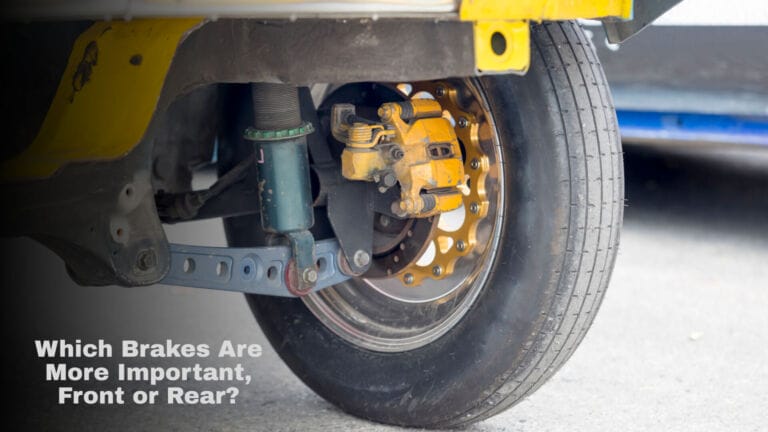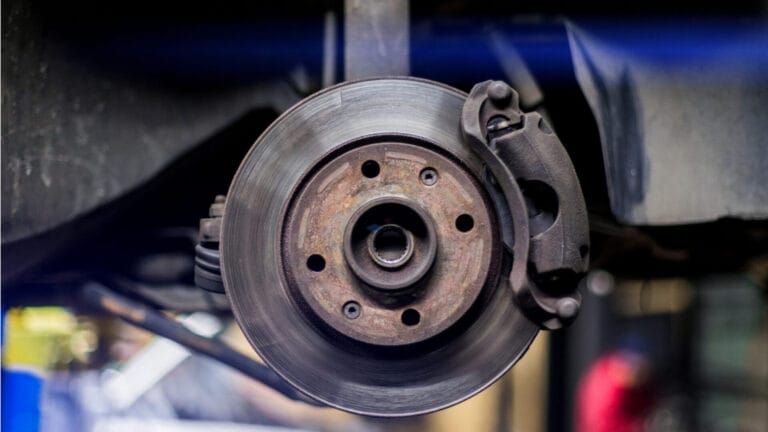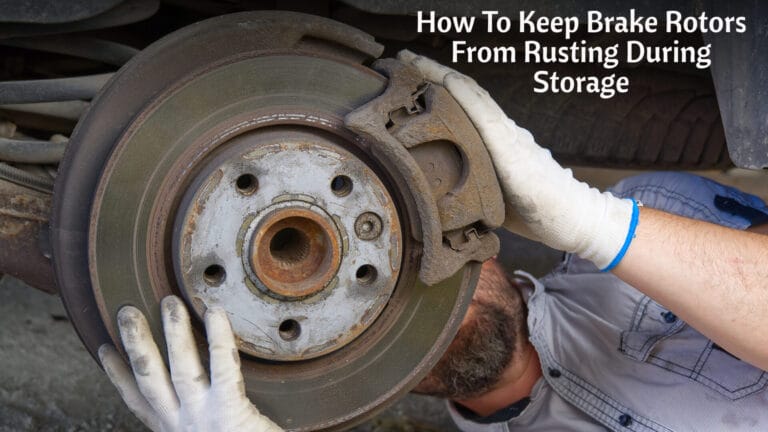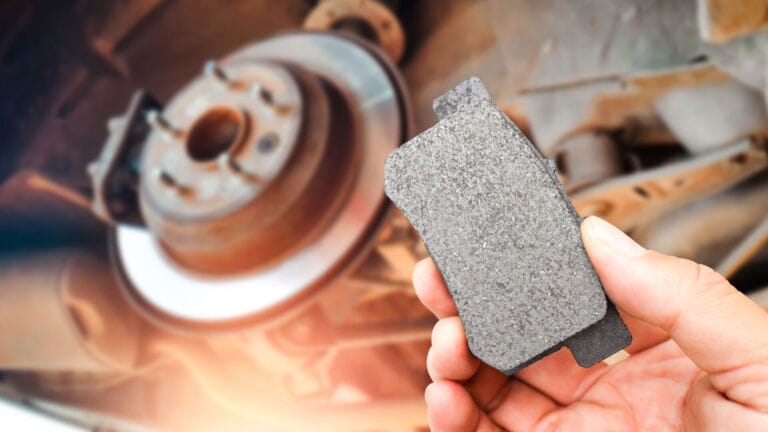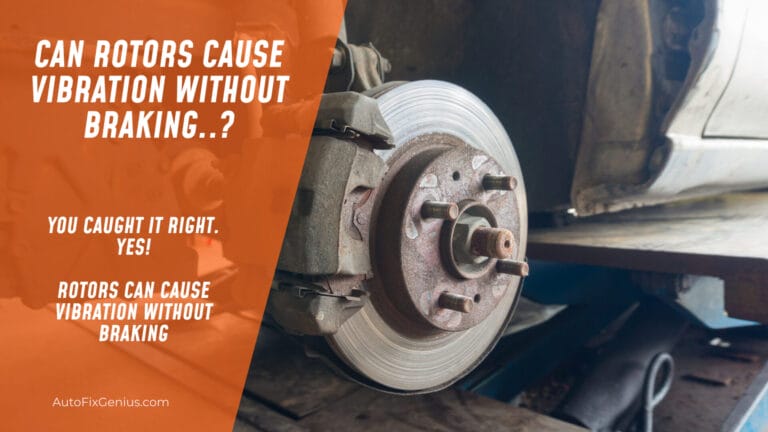Can Brake Rotors Cause Vibration at High Speeds?
Yes, brake rotors can cause vibration at high speeds if the vibration you are feeling is brake shudder or brake judder. Confused? To understand “can brake rotors cause vibration at high speed” or not, you have to dive into the root of the brake rotors.
Generally, brake rotors are the culprit of vibration only when the brakes are applied, and this vibration can only be felt on the suspension, steering wheel, and brake pedal.
Usually, high speed vibration results from unbalanced tires or wheels, loosening lug nuts, broken tire belts, damaged wheel bearings, etc. However, uneven rotor surfaces, brake pad wear, worn-out bearings, bent shafts, unstable electric supply, and not resurfacing the rotors at the right time can also cause this problem.
If you are feeling vibrations, specifically at 50 mph, worn-out shocks are likely the main culprit. If it’s steering wheel vibration while driving, possible causes could be shock absorbers, bearings, ball joints, tie rod, struts, and more. However, if noise accompanies the vibration, it is worth considering the drivetrain or transmission as a potential source. In that case, you need to consult with a mechanic.
Can Brake Rotors Cause Vibration at High Speeds
Yes, brake rotors can cause vibration at high speed if the rotor is worn out or damaged.
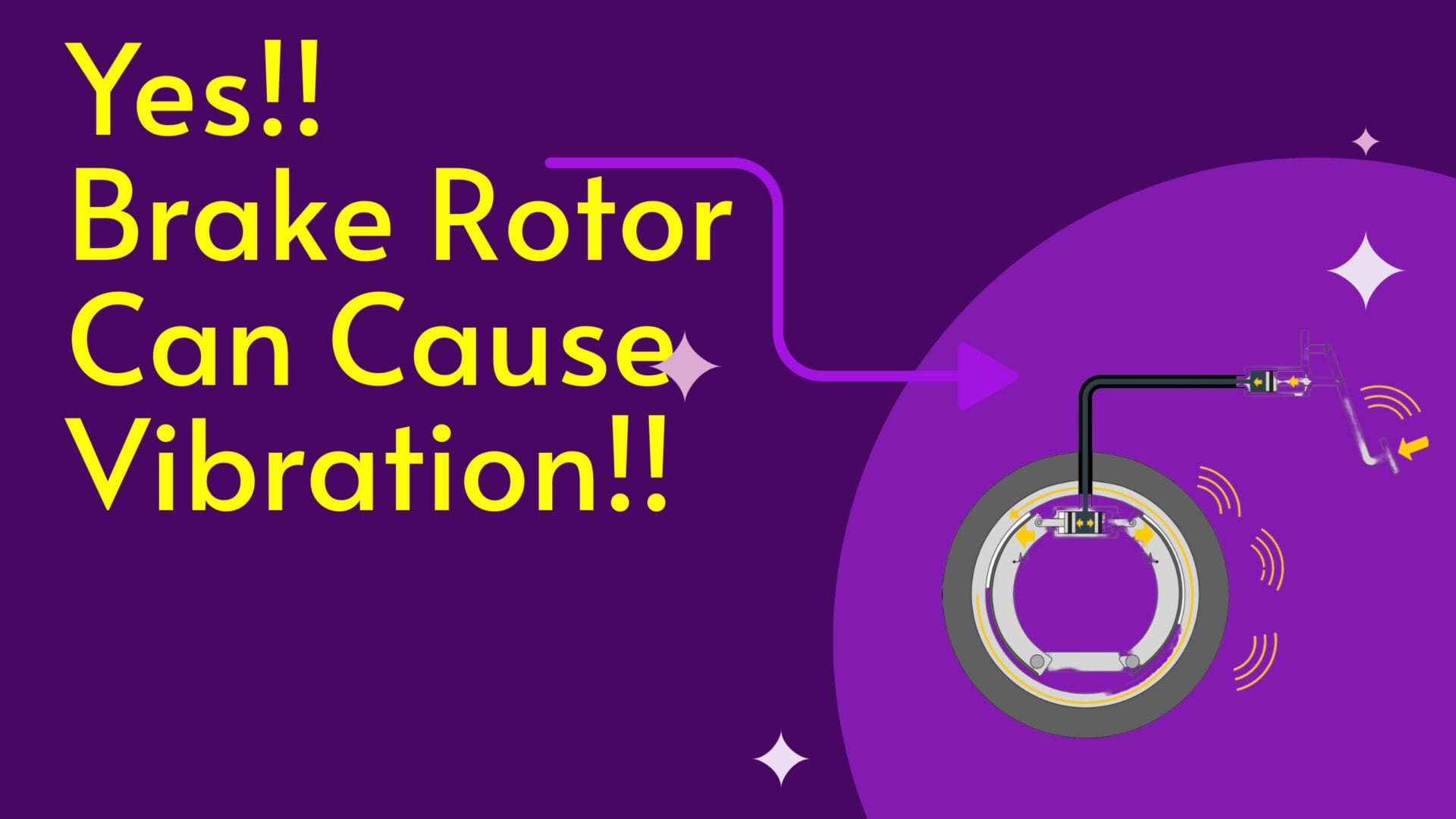
Unlike drum brakes, disc brakes are metal discs attached to the wheel hub of a vehicle. When the brake pedal is pressed, the brake caliper applies pressure to the brake pads, squeezing against the rotor to create friction and slow down the vehicle. Brake rotors convert the vehicle’s kinetic energy into thermal energy through friction in the brake pad material. This heat generation slows the vehicle as the ceramic pads contact the rotor.
Over time, the brake rotor can become uneven, excessively worn, and bumpy instead of smooth. The brake pads feel it, causing the car to shake, especially at high speeds.
Not only this, but due to aging, wear, or manufacturing defects, rotors can become uneven in thickness. It’s like having a stack of papers with some sheets missing—not balanced.
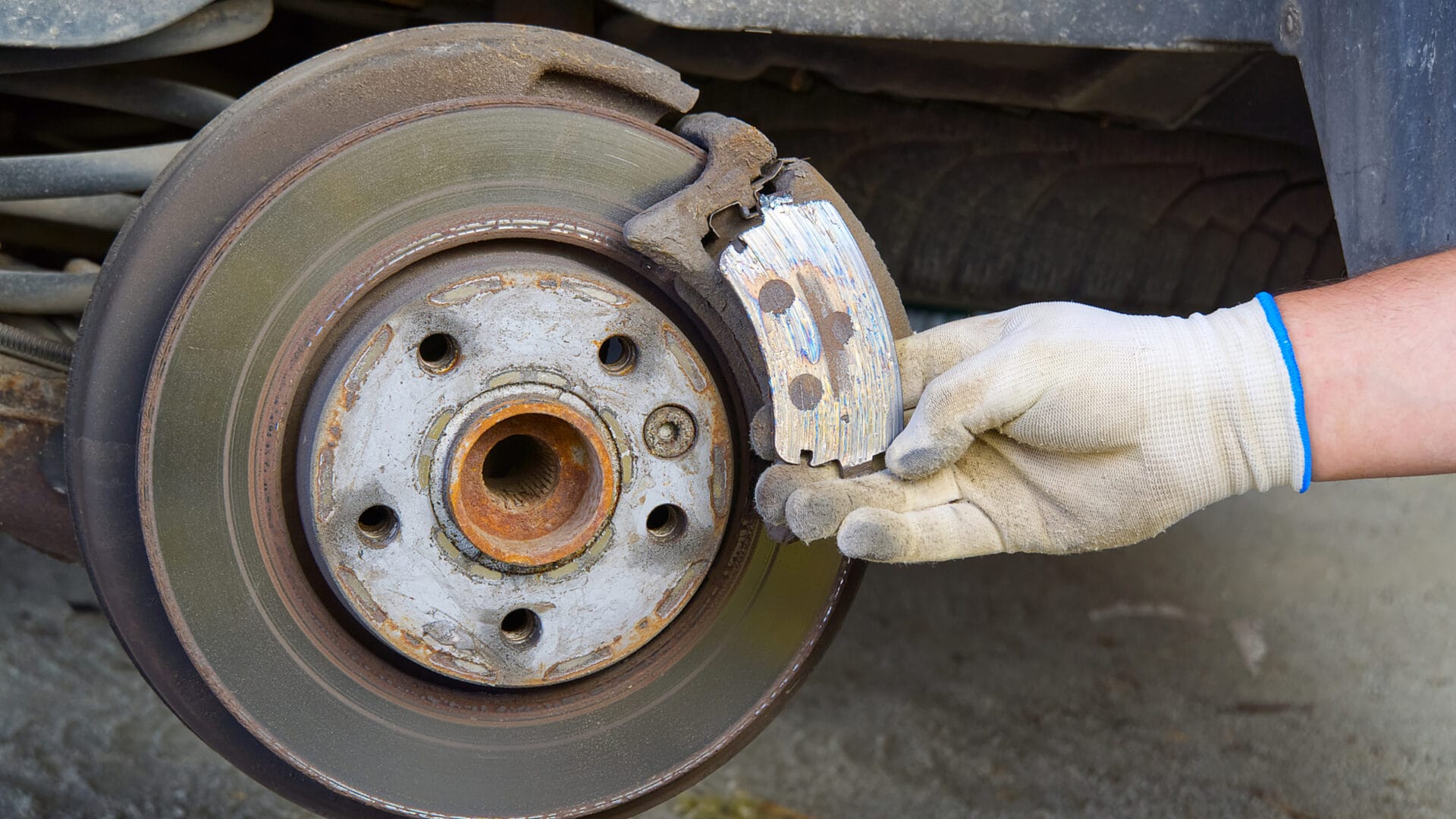
The minimum rotor thickness is 2 to 3 mm. When the brake rotor becomes thinner than 3 mm, the pads press against the rotor unevenly, creating more shaking steering wheel.
Sometimes, hard braking creates hot spots on the rotor. It’s like parts of the road are getting extra hot. These hot spots make the rotor uneven, causing more vibrations when you hit high speeds.
Imagine the rotor covered in rust or gunk. It’s like dirt on a window. This mess makes the brake pads not grip smoothly, leading to vibrations when you brake, especially at faster speeds. In that case, replace it with a new rotor and enjoy a safe and smooth ride.
Can Warped Brake Rotor Cause Vibration?
Whenever it comes to a brake rotor causing a car vibrate, the first thing that comes to mind is a warped brake rotor. It’s a common myth, or, as you can say, almost 99% of beginner riders believe it. Well, I was on the list too, but not now. The brake rotor can’t cause vibration because it never wraps.
By the time the rotors wrap, a bunch of other parts will have been replaced a couple of times. Unable to believe my words? But it’s the hard truth, and I am not the only one who is saying this; if you do some research, you will find this too. I am adding a few screenshots of different people who believe the same, and below I will prove my words.
Does Brake Rotor Wrap?
Each brake rotor comes after passing the SAE J2928 rotor test. To pass this test, the rotor must undergo at least 150 heat cycles on a dynamometer. If the rotor cracks or suffers structural damage or failure at this temperature, it will fail the test and not be certified for the market.
Now let’s come to the point.
To make the rotors warped, you need to generate around 2,300°F. No vehicle in this world is yet made with such a brake system that can generate this much heat and cause a warped rotor. Brake will release smoke at 850°F, brake fluid will start boiling before reaching 1000°F, brake friction material will oxidize at 1100°F, and carbonize at 1200°F. Can you imagine when brake rotors start to warp?
Now, it’s clear that brake rotors don’t wrap, so there is no chance of warped rotors being the culprits causing vibration at high speed.
Possible Reasons For Vibration At High Speed
So, if the brake rotor is not the culprit behind the vibration, what is causing this issue, and that too at high speed?
Some more suspects are- a broken tire belt, a flat spot on tires, a damaged wheel bearing, a damaged suspension component, wonky alignment, and possibly even loose lug nuts.
Wheel Imbalance
Wheel imbalance in a vehicle is a phenomenon closely tied to the angular speed, mass distribution of the imbalance, and distance from the center of rotation. This imbalance is caused when the centrifugal forces become uneven due to tire wear, corrosion, damage, wheel alignment, or the loss of added weights used explicitly for balancing.
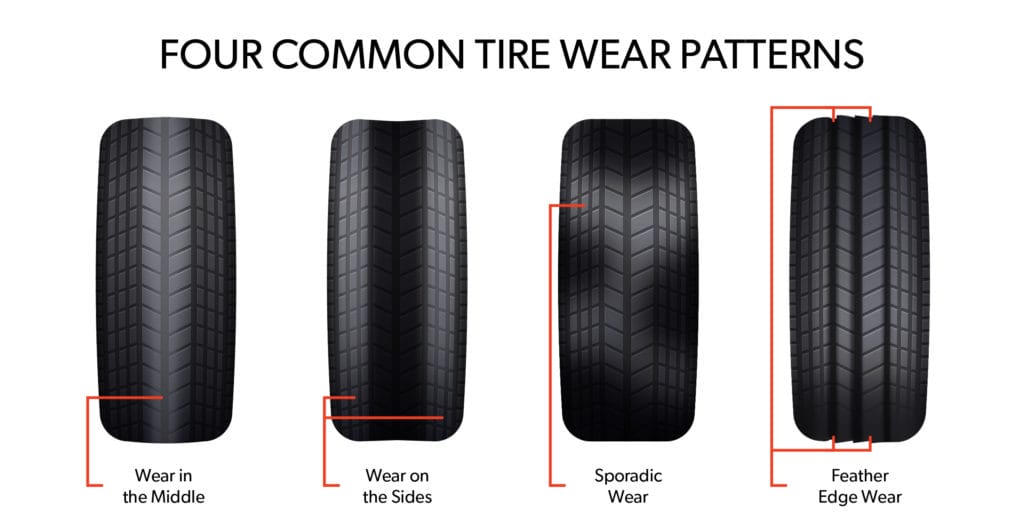
Similar to the resonance of a tuning fork, the natural frequency of the wheel represents the frequency at which it would vibrate most intensely.
When the wheel is compelled to rotate at or near its natural frequency, that’s when the shaking occurs. If the vibrational frequency aligns with any multiple of the wheel’s natural frequencies, the intensity of the vibrations can escalate, potentially causing deformation or failure. You can easily avoid such wheel imbalances by staying under the natural frequency.
When the steering and suspension angles that contact the road surface are not positioned correctly to meet the road surface evenly, it’s called misalignment.
Issues like toe, camber, or caster misalignment strain your steering and make your tires wear out faster than you can imagine, causing vibration at high speed. It’s like your car is doing the cha-cha when it should be gliding smoothly.
Tires Issues
If the tires are out of balance, underinflated, or have uneven tread wear, it can cause vibration around 30mph. This is especially noticeable when the effects are magnified at higher speeds or heavy braking.

The ideal tire pressure for a car is between 28 and 36 psi. If your tire pressure is lower than 28 psi, they can easily get hot while driving at higher speeds. This can result in tire deformation and, in some cases, sidewall flexure. On the other hand, if the tires are overinflated, they won’t be able to meet the road surface evenly, resulting in an uneven weight distribution. So both under and overinflation can cause vibration, and in most cases, tires behind the steering wheel shake.
Another tire issue is uneven tire wear. Usually, car tires come with 8–9 mm of tread depth. With time, the tread patterns fade and become thinner. When the tire tread depth reaches 3mm, it enters the danger zone, but when it goes under 1.6 mm (75% of the tire width), it fails to contact the road evenly and results in vibration.
Additionally, if you have recently replaced any tire on the car but not all four tires match each other in terms of size or brand, this can also cause vibration.
Suspension Problems
The suspension system is the one that absorbs all the bumps in the road and makes your ride smooth. If any part of this system, like fork thickness, decreases by more than 10% due to rough road conditions or simply aging, it fails to absorb the shocks, resulting in vibrations that transfer to the entire vehicle.
However, if you notice unusual noises coming from your car, such as a creaking sound or a loud clunk, it could be a sign that the suspension thrust arm bushing is damaged, loosening, or improperly maintained. When this happens, the suspension system’s ability to dampen and absorb bumps and jolts diminishes.
As you drive faster, the irregularities on the road, such as bumps, potholes, or uneven surfaces, become more pronounced. And the compromised suspension system struggles to absorb these shocks effectively. It’s like trying to balance on a tired trampoline instead of a sturdy one.
Engine Issues
The engine consists of numerous rotating components, such as the crankshaft and pistons. Any imbalance in these parts can lead to uneven forces, resulting in vibrations, especially at 40mph.
When your car engine makes things shaky at high speeds, it’s like a bit of a dance of imbalance under the hood. Imagine the engine has its rhythm, and if something’s off, it vibrates. This can happen if the engine parts, like the spinning crankshaft or pistons, aren’t perfectly balanced. There are four engine mounts, which usually keep things steady. If any one of them is loose or damaged, vibrations can sneak into your ride.
Another reason could be misfires, where the engine skips a beat in burning fuel, causing it to hiccup and shake.
Stuck Brake Caliper
When a brake caliper gets stuck, it can cause your car to shake, especially when you are driving 40 or 50 miles in an hour. The caliper is like a clamp that has grooves for holding the brake pads in place and slowing down your car by squeezing the brake pads against a spinning disk called the rotor. When it gets stuck, it messes up how the brakes work. Due to debris buildup, there will be shims on the brake pads sticking with the brake caliper grooves, causing the brake pad to be unable to move.

Another reason for a stuck calliper can be a lack of lubrication. To keep the caliper sliding smoothly, we must constantly lubricate it with rubber boots. Lack of lubrication in the caliper bolt can cause a frozen caliper.
This can lead to uneven wear on the brake pads and make the brake disc heat up too much. So, when you hit the brakes at higher speeds, you’ll feel vibrations because the stuck caliper is causing things to be uneven due to continuous friction.
Check your brakes after riding 75,000 miles.
Transmission System
The transmission system controls how much power the engine produces and transmits it to the wheels. Think of it as the conductor of your car’s power orchestra, directing energy from the engine to the wheels.
Like the engine, the transmission has rotating components, such as gears and shafts. If there’s an issue, such as imbalances in rotating components like gears or a misaligned or imbalanced driveshaft (which transfers power from the transmission to the wheels), it can lead to vibrations as you pick up speed.
Worn or faulty transmission mounts, which usually keep the transmission steady, might fail to absorb and dampen the vibrations generated by the transmission. A car needs 3.8 to 16 liters of transmission fluid on average; if it’s lower than the minimum level or the transmission fluid has become contaminated, it can cause irregularities and potential vibrations.
Imagine the transmission as a smoothly shifting gear symphony; any discord in this performance can result in noticeable shakes when you’re cruising at higher speeds.
Aerodynamic Factors
Aerodynamic factors are another suspect for vibrations at high speeds. When a vehicle moves through the air, it creates aerodynamic forces and interactions that impact its stability. At higher speeds, these forces become more pronounced.
For instance, if there are irregularities in the vehicle’s shape, such as loose or damaged exterior components like mirrors, spoilers, or even a misaligned hood, they can disrupt the smooth flow of air over the vehicle. This disruption creates turbulent air patterns, leading to fluctuations in aerodynamic pressure. These pressure changes exert varying forces on the vehicle, causing it to vibrate. It’s similar to the turbulence experienced when walking into a strong wind versus a gentle breeze.
Additionally, if the vehicle design doesn’t effectively manage airflow, it may experience aerodynamic lift, causing the tires to lose consistent contact with the road and contributing to vibrations. In essence, ensuring that a vehicle maintains proper aerodynamics, with all exterior components securely in place, is essential to minimize vibrations at high speeds and maintain a stable ride.
Bad CV Axle and Joint
Your car has this important part, the half shaft or CV axle, that helps it move forward by transferring power from the engine and differential.
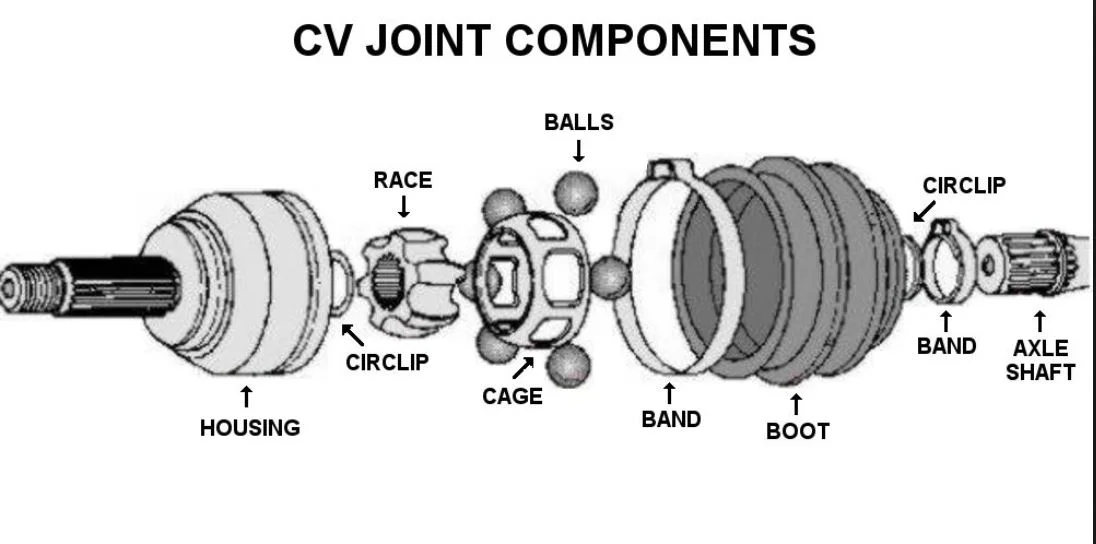
Picture it as a joint connecting the wheels to the engine. It has socket joints and intricate balls that connect your axle to the car’s front wheels. In front-wheel drive vehicles, each of the two car axles has two CV joints, one connected to the tire and the other to the transmission system.
These joints and balls need lubrication and sealing with rubber boots for smooth movement. The loss of proper lubrication or damage to these joints can result in a compromised axle, leading to vibrations and shaking, especially at high speeds.
FAQ
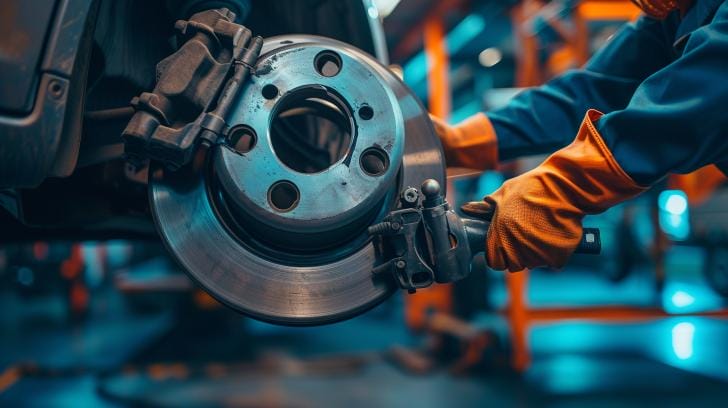
Can bad rotors cause vibration at highway speeds?
Yes, bad rotors can cause vibrations at highway speeds. When brake rotors wear or develop uneven surfaces, it disrupts smooth braking, leading to vibrations.
Can brake rotors make your car shake?
Yes, brake rotor can make your car shake. When you brake the car, uneven surfaces grab and release the pads. The rotor spins faster when speed increases, causing pulsations in the steering wheel and pedal.
Can worn brake discs cause vibration?
Yes, worn disc brake (also called rotors) can definitely cause vibrations. Braking generates intense heat, unevening the disc’s surface, reducing braking performance, and causing vibrations. Remember, smooth discs = smooth stops; worn-out discs have less material to absorb heat, leading to vibration.
What are the symptoms of a bad rotor?
If you experience steering wheel shimmies, pulsating brake pedals, or car shaking at certain speeds, especially noticeable at high speeds, you have a bad rotor. However, grinding noises like metallic scraping sounds when braking or squealing, especially in wet conditions, can also hint rotor runout.
Why does my car shake when I hit 60 mph?
A car can shake at 60 mph for several reasons- out-of-balance tires, uneven weight distribution in tires, improper tire angles, uneven rotor surface, worn suspension parts, driveshaft issues, or engine problems can cause pulsating shakes, especially at higher speeds.
Closing Words
Experiencing vibrations in your car at high speeds can be concerning and potentially dangerous. And when the culprit is the brake rotor, it’s more dangerous, as driving with a damaged brake rotor has a potential risk of accidents due to not having accurate stopping power. But brake rotor is not the only suspect in this issue; some other things can also cause vibration at higher speed.
Technically, when the brake pedal is not pressed, but you feel a vibration while speed increases, an unbalanced wheel or tire imbalance is the main suspect. If the vibration is felt just when you drive around 40 mph, the engine is the culprit, but if it’s felt at 50 or 60 mph, there are high chances of brake failure. If the thinner brake pads or forks are two more suspects,
To ensure safety on the road, first you should identify what the problem is instead of thinking the rotor is the culprit. Once the problem is identified, you can easily find solutions or take it to auto repair shop to avoid any troubles.

